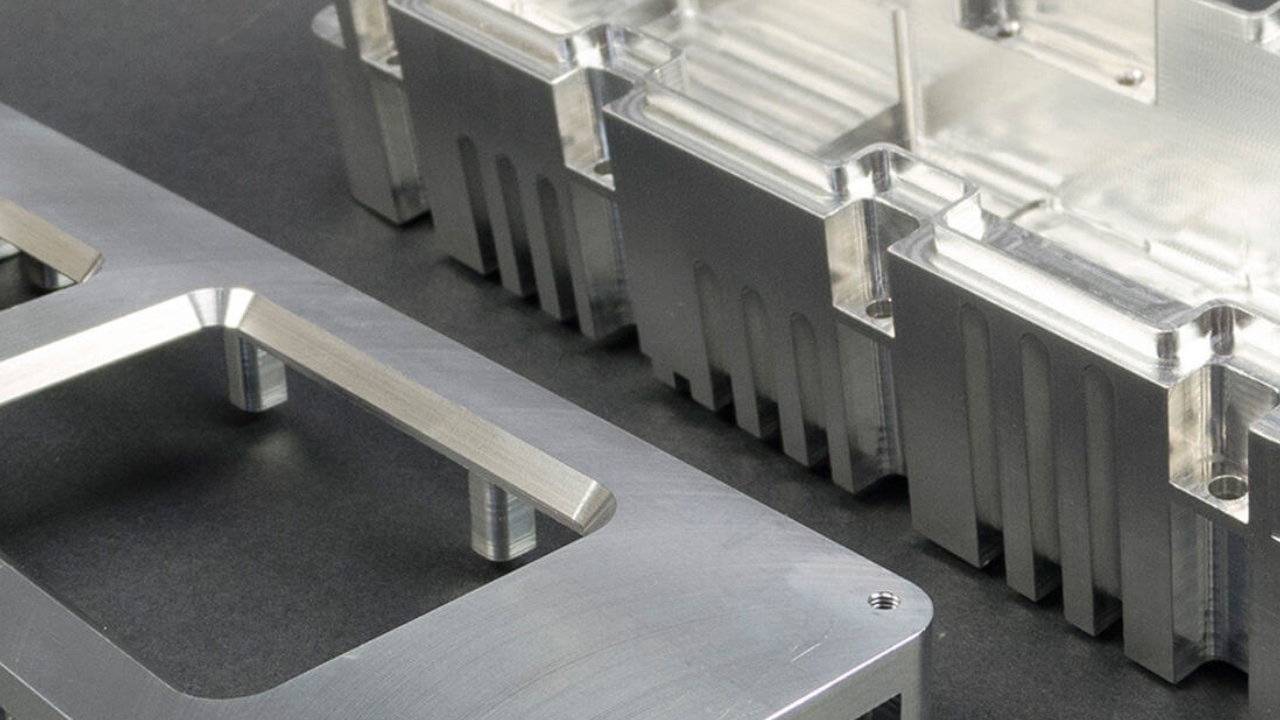Technical drawings play a pivotal role in the complex dance between engineering and manufacturing, functioning as the essential link between designers and manufacturers. Despite the advent of digital Computer-Aided Design (CAD) files, these drawings are still important in today's manufacturing and prototyping environment.
Technical drawings offer more than just a visual representation of a product; they also act as a tangible roadmap, capturing minute details that CAD files might miss. They ensure that every detail of the design is fully communicated by encapsulating important dimensions, material specifications, and finishing requirements. So technical drawings play an indispensable role in promoting accuracy, lucidity, and productive cooperation between the imaginative minds behind a design and the expert hands that execute it.
Why We Need Technical Drawings?
Technical drawings are still essential despite CAD advancements due to their role as a verification tool, providing additional information, holding legal significance, offering quick assessment capabilities, and serving as an international communication standard.
Timeless Role of Technical Drawings in Modern Manufacturing
Technical drawings have a rich history, predating the digital age and serving as the primary reference for manufacturers. Despite advancements in CAD technologies, technical drawings persist for several compelling reasons.
Firstly, technical drawings act as a verification tool, ensuring that the information in the CAD file is accurately translated into the physical part. Secondly, technical drawings provide additional information not always present in CAD files. Thirdly, technical drawings hold legal significance as part of a purchase order, forming a contract between the designer and the manufacturer.
Moreover, manufacturers value technical drawings for their ability to quickly assess aspects such as geometry, dimensions, and potential costs. Lastly, technical drawings represent the internationally recognized language for communicating engineering instructions, minimizing ambiguity and confusion in the manufacturing process.
Standards for Technical Drawings
In the intricate world of manufacturing, where precision is paramount, adherence to internationally recognized standards is the linchpin of effective communication between engineers and manufacturers. Two prominent organizations, the International Organization for Standardization (ISO) and the American Society of Mechanical Engineers (ASME), serve as custodians of these guidelines.
ISO 128 stands as the bedrock, establishing general rules for technical drawings in both 2D and 3D dimensions. Its applicability spans diverse fields, including mechanical engineering, construction, architecture, and shipbuilding. For engineering drawings, ISO 8015 supplements these standards, ensuring a comprehensive framework for precise communication.
ASME, a stalwart in the engineering realm, contributes significantly to global standardization through its own set of drawing standards, Y14.5 and Y14.5M. These standards, meticulously crafted, bolster the consistency and universality of technical drawings. As manufacturing transcends geographical boundaries, the collaboration between ISO and ASME fosters a harmonious language, ensuring that technical drawings communicate with clarity, accuracy, and conformity across industries and continents. The embrace of these standards underscores the commitment to excellence in the art and science of manufacturing.
Specifics for Different Manufacturing Processes
Technical drawings are indispensable in the complex world of manufacturing processes because they guarantee accuracy and clarity. Effective communication between engineers and manufacturers requires that technical drawings be customized to fit particular manufacturing processes.
Die casting necessitates careful planning; technical drawings outline the minimum wall thickness, gate and parting line locations, and allowable draft angles. A thorough extrusion process guide should be provided by the technical drawing for plastic/aluminum extrusion, which should contain details on stock size, grain direction, exposed surfaces, and whole callouts. Achieving excellence in a variety of production methods requires that technical drawings be tailored to these manufacturing nuances.
Conclusion
In the intricate world of modern manufacturing, technical drawings remain an indispensable tool for effective communication between engineers and manufacturers. Their role in verification, information dissemination, legal documentation, quick reference, and international standardization makes them a cornerstone of the manufacturing process. As technology continues to advance, the synergy between digital CAD files and traditional technical drawings ensures precision and clarity in bringing designs to life.


